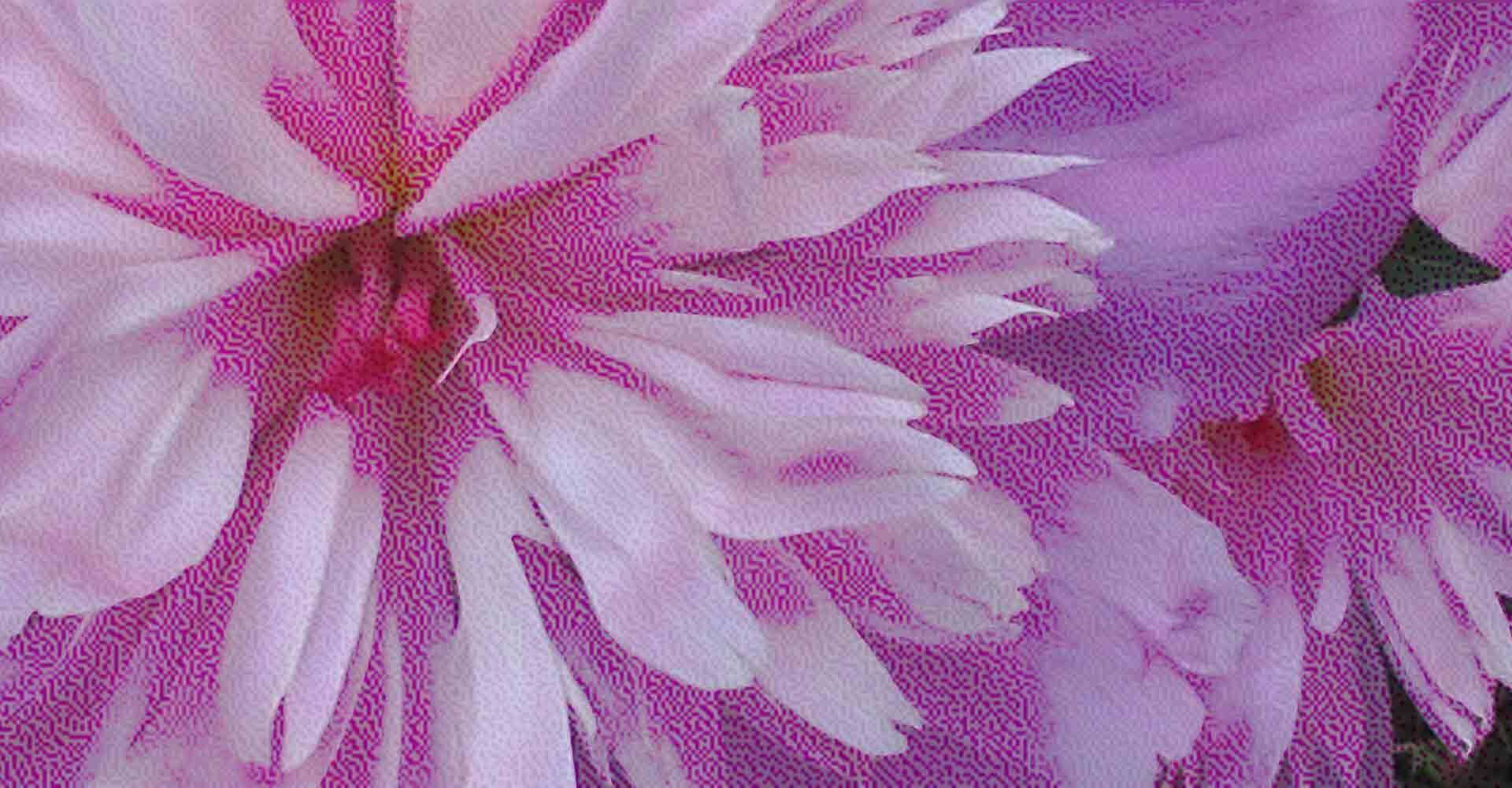The cheongsam was punished and died once in 1941. Its wearer was beaten out of the sentimental silk. She was last seen smoking a cigarette in a Hong Kong café, flicking the ashes and drinking a cup of hot milk tea. The sin she’d committed, if any and not thrust upon her like a hat, must have been great. Otherwise the bullshit wasn’t worth it. If she was a corpse stripped for incineration the dress might have stayed in the police station or morgue for a period before landing in the trash. If she’d gone home and changed after her milk tea, the dress might have been sold or stolen. With time the bloodstains faded, washed out by some kind soul who found the cheongsam at a random spot and restored the peonies of the fabric to brightness; or it had nothing to do with kindness but the poor girl needed the vanished woman’s dress. A savior, this cheongsam. But in her vanity and poverty the guileless girl must have flaunted it, and her mistress took note. Finders keepers, losers weepers — the cliché was true here. The second wearer was beaten out of the silk with a rattan cane. In her room, the mistress Chen could never have imagined the misery of the original wearer. Neither did she care. Those peonies were as large as oranges and pink as grapefruit. Her milky thighs peeked out of the slits, her arms like the necks of two porcelain swans. At the weekly mahjong gatherings, she was the winner. The mirror was still busy reflecting her when the war broke out. Then it was empty with the imprints of the cheongsam and the image of a dresser, which was emptied too of clothes hastily packed in a suitcase. The poor girl and cook were fired. No one knew what happened to them. Luggage handling and security weren’t in the best condition; Chen’s suitcase and fur coat were stolen before she even reached America. She cried for hours. The thief was a thirteen-year-old lad with nothing to lose. He opened the suitcase with a screwdriver and went, “What’s these?” He took the heavy envelope of bills and sold everything he could — “That’s silk, pure silk, and fur!” — in a haggle. The fur coat had better homes than the cheongsam, which would have been torn to shreds by a stray dog if Amy, a schoolteacher, had not seen something in the frog buttons and Mandarin collar. But Amy sensed something strange when she put it on, a sadness without apparent reason, and so she kept the cheongsam in her closet for years. Under the drier American weather, the silk had shrunk and dulled, but was still wearable when Amy’s great-granddaughter dug it out in 1979. “What a strange dress,” she said, and buttoned herself in. She was the right size and height; she wore it for Halloween and a photo shoot with a Kodak camera. The dress was better known by then and some cheongsam hunters, who smoked cigarettes and coiled their forelocks, found her erotic and exotic. She was married in December. Months later, while moving to her new marriage home, the cheongsam was boxed and discarded. It ended in a flea market. No one bought it, even though it was priced at five dollars and still looked fine. In the moments when wind blew up the skirt of the cheongsam, the glimpse of a leg and bare feet could be seen to stand among the racks of old, used dresses. But that was all it could do, standing around, waiting, reminiscing about a land long past and the bodies it once knew.
Image credit: Audrey
